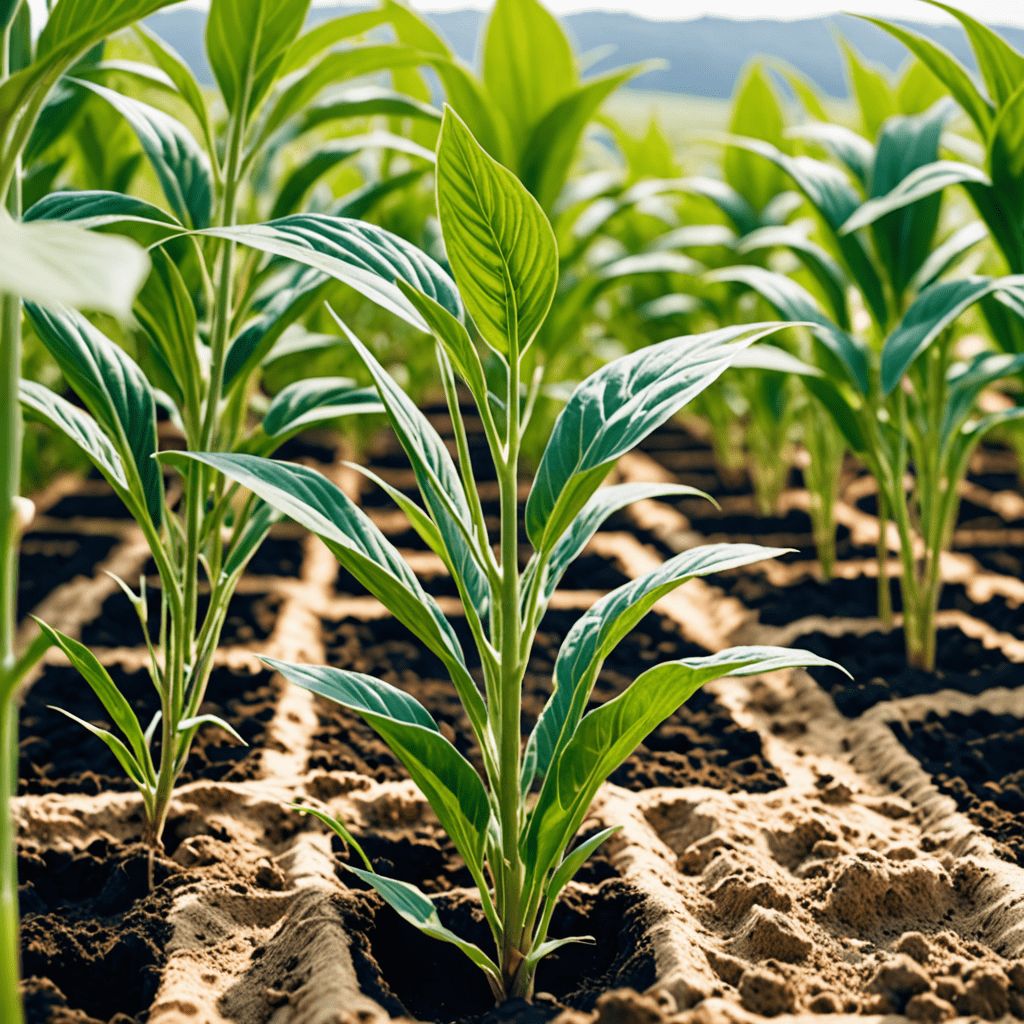The Fascinating World of Phylogenetic Analysis
Welcome to the exciting realm where biotechnology and bioinformatics intersect to unravel the evolutionary relationships of organisms!
What is Phylogenetic Analysis?
Phylogenetic analysis is a method used to study the evolutionary history and relationships between different species or groups of organisms. It involves the construction of phylogenetic trees or evolutionary trees that depict these relationships.
The Role of Biotechnology in Phylogenetic Analysis
Biotechnology plays a crucial role in phylogenetic analysis by providing tools and techniques to analyze genetic sequences, compare DNA or protein data, and infer evolutionary relationships. These advancements have revolutionized our understanding of biodiversity and evolution.
How Bioinformatics Enhances Phylogenetic Analysis
Bioinformatics involves the application of computational tools and techniques to analyze biological data. In the context of phylogenetic analysis, bioinformatics helps in processing large datasets, aligning sequences, and constructing phylogenetic trees. It enables researchers to handle vast amounts of genetic information efficiently.
Methods Used in Phylogenetic Analysis
There are several methods used in phylogenetic analysis, including distance-based methods, maximum parsimony, maximum likelihood, and Bayesian inference. Each method has its strengths and limitations, contributing to a comprehensive understanding of evolutionary relationships.
Applications of Phylogenetic Analysis
Phylogenetic analysis finds applications in various fields such as evolutionary biology, conservation genetics, infectious disease research, and even forensic science. By uncovering genetic relatedness, it helps in diverse areas of scientific inquiry.
The Impact of Phylogenetic Analysis on Biotechnology
The insights gained from phylogenetic analysis have significant implications for biotechnology. Understanding the evolutionary history of organisms aids in genetic engineering, drug discovery, and bioprospecting. It guides researchers in utilizing nature’s genetic diversity for beneficial applications.
Looking Ahead: Advancements in Phylogenetic Analysis
As technology continues to advance, phylogenetic analysis is poised to become even more refined and detailed. Integrating multi-omics data, incorporating machine learning algorithms, and exploring new ways to visualize evolutionary relationships are some of the exciting avenues for future research in this field.
What is Biotechnology and Bioinformatics?
Biotechnology:
Biotechnology is a field that applies biological systems, organisms, or derivatives to develop products or processes for various applications like healthcare, agriculture, and environmental management.
Bioinformatics:
Bioinformatics integrates biology, computer science, and information technology to analyze and interpret biological data, especially at the molecular level, using computational tools and databases.
What is Phylogenetic Analysis in Biotechnology and Bioinformatics?
Phylogenetic Analysis:
Phylogenetic analysis is a method used in biotechnology and bioinformatics to study the evolutionary relationships among organisms, genes, or proteins. It helps in understanding the evolutionary history and relatedness of different species or genetic sequences.


